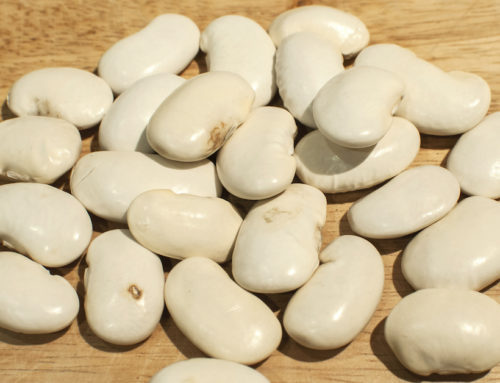If there’s one piece of diet advice I feel completely confident in giving, it’s “Eat nuts.”
To start with, they’re a wonderful high-fat snack to replace the carbohydrates nearly everyone eats too much of. Plus they’re convenient and delicious. I can’t tell you how many times I didn’t have time for a full, sit-down meal and got by on a couple of ounces of nuts – without feeling I’d short-changed myself in terms of either nutrition OR satisfaction.
And I’m happy to tell you they have specific benefits for cognition.
If you want to lower your risk of Alzheimer’s disease and improve your brain’s ability to cope with the mental challenges of daily life, you should fill your everyday diet with nuts.
The trick is to consume a variety of nuts. Studies now demonstrate that nuts produce different kinds of brain benefits depending on the types you consume.
Research at Loma Linda University demonstrates that various types of brainwaves linked to a range of mental processes are influenced by eating nuts.1
In this study, the scientists found that pistachios were most effective at stimulating gamma waves. Waves of this type are central for improving the brain’s ability to process information, maintain accessible memories, perceive sensory inputs and enhance sleep.
On the other hand, the scientists reported that peanuts (which are legumes, not nuts) most significantly increase delta waves, which are linked to immune responses, healing and also deep sleep.
Reduce Brain Inflammation
Meanwhile, a study at Tufts shows that walnuts are particularly effective at damping down harmful inflammation in the brain.2 According to these researchers, natural compounds in walnuts improve the behavior of the brain’s microglia – immune cells that are meant to protect the brain from infection while clearing harmful debris from brain tissue. As we’ve mentioned before, some people call microglia the brain’s “trash collectors.”
When microglia malfunction – making inflammatory changes that cause immune cells to harm neurons – brain function and memory suffer. But in lab tests, the Tufts scientists found that walnut nutrients affect the movement of calcium among brain cells, and this keeps the microglia under proper control.
Other tests show that walnuts are anti-amnesic (that is, they keep your memory from disappearing) by keeping acetylcholine, an important neurotransmitter, from breaking down too rapidly.
And walnut benefits don’t stop there – an investigation at the Beth Israel Deaconess Medical Center in Boston shows that walnuts also impact a part of the brain known as the right insula, a brain area you may never have heard of.
But the right insula is an important part of your brain tissue – especially important if you’re interested in keeping your weight down.
Restrains Us From Overeating
When the right insula is more engaged, you make healthier eating choices and you are less likely to keep on eating when you’re already feeling full.
The tests in Boston show that people who consume a diet that emphasizes walnuts have right insulas that are ready to jump into action when we’re tempted to stuff ourselves or over-indulge in snacks.4
An interesting aspect about some of these studies – they merely confirm the ways in which traditional healers have been using these nuts and the plants they grow on for thousands of years.
As a prime example: according to Middle Eastern researchers, pistachios and the pistachio plant have played a central role as a brain tonic and to treat brain disorders for a very long time.5 For instance, the resin of the pistachio plant was used for stomach complaints 3000 years ago.
And in ancient Persian medicine, this substance was used for liver, kidney and digestive complaints. Modern research has even shown that it can be used to combat colon cancer.6 You probably won’t find pistachio resin at your health food store today – but give it time!
Like most natural treatments, the most impressive thing about the holistic health benefits of nuts is that they don’t stop with one body part. They help the health of every physiological system.
- http://www.fasebj.org/doi/abs/10.1096/fasebj.31.1_supplement.636.24
- https://www.ncbi.nlm.nih.gov/pubmed/29420996
- https://www.ncbi.nlm.nih.gov/pubmed/29420996
- https://www.ncbi.nlm.nih.gov/pubmed/28715141
- https://www.ncbi.nlm.nih.gov/pmc/articles/PMC3876903/
- https://www.ncbi.nlm.nih.gov/pubmed/19368126/







